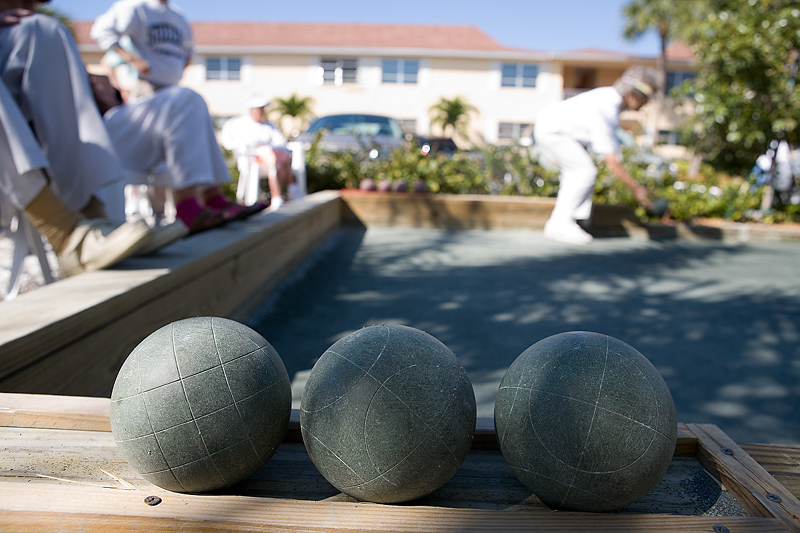FRIDAY, Nov. 13, 2015 (HealthDay News) — The injected drug Lucentis (ranibizumab) appears highly effective at treating proliferative diabetic retinopathy, a common diabetes-related eye disease, new research shows.
Investigators say the drug beat a standard treatment, laser therapy, in curbing the vision-robbing ailment.
The findings, “provide crucial evidence for a safe and effective alternative to laser therapy against proliferative diabetic retinopathy,” NEI Director Dr. Paul Sieving said in a news release from the U.S. National Eye Institute (NEI).
The study was funded by the NEI, which described Lucentis as the first major advance in therapy for proliferative diabetic retinopathy in nearly 40 years.
The trial was conducted by the Diabetic Retinopathy Clinical Research Network. The results were published online Nov. 13 in the Journal of the American Medical Association and they are also slated for presentation Friday at the annual meeting of the American Academy of Ophthalmology in Las Vegas.
According to the NEI, diabetic retinopathy damages blood vessels in the light-sensitive retina in the back of the eye, and proliferative diabetic retinopathy is an advanced form of the disease. Nearly 8 million people in the United States have diabetic retinopathy, making it a leading cause of blindness among working-age Americans.
Laser therapy can help preserve central vision in patients with proliferative diabetic retinopathy, but the treatment can also damage night and side vision, so researchers have been trying to find other therapies that are as effective as laser but without such side effects.
The new study included 305 patients with the disease. Half were randomly assigned to be treated with monthly injections of Lucentis (0.5 milligrams) for three months, and then on an as-needed basis until the retinopathy resolved or at least stabilized.
The other half of patients got laser treatment, the current gold-standard therapy. About half of the patients in this group required more than one round of treatment, the authors said.
Some patients only had treatment assessed in one eye, but others enrolled both eyes in the study. For patients with both eyes involved in the study, physicians used Lucentis in one eye and laser treatment on the other.
The result? After two years, patients in the Lucentis group showed greater improvement in the ability to read an eye chart than those in the laser group, the researchers said. There was little change in side vision in the Lucentis group, but a significant loss of side vision in the laser group, the study found.
According to study chair Dr. Jeffrey Gross of the Carolina Retina Center in Columbia, SC, “Lucentis should be considered a viable treatment option for people with proliferative diabetic retinopathy.”
The researchers also found that Lucentis might help prevent another condition called diabetic macular edema, which involves a buildup of fluid in the center of the retina. Only 9 percent of eyes treated with Lucentis developed macular edema during the study, compared with 28 percent in the laser group, the researchers said.
Two eye experts said the study results might change the standard of care for proliferative diabetic retinopathy.
“This has broad implications as a secondary or possibly primary method of treatment,” said Dr Mark Fromer, an ophthalmologist at Lenox Hill Hospital in New York City. “An alternative [to laser treatment] that can decrease negative side effects while maintaining a reduction in the disease would be a welcome addition in the fight against proliferative diabetic retinopathy,” he said.
Dr. Meenakashi Gupta is a vitreoretinal specialist and assistant professor of ophthalmology at the New York Eye & Ear Infirmary of Mount Sinai, also in New York City. She called the study “important,” and said that while laser therapy might still play a key role in the care of proliferative diabetic retinopathy, Lucentis could “expand our management strategies” for the disease.
More information
The U.S. National Eye Institute has more about diabetic eye disease.
Copyright © 2025 HealthDay. All rights reserved.

